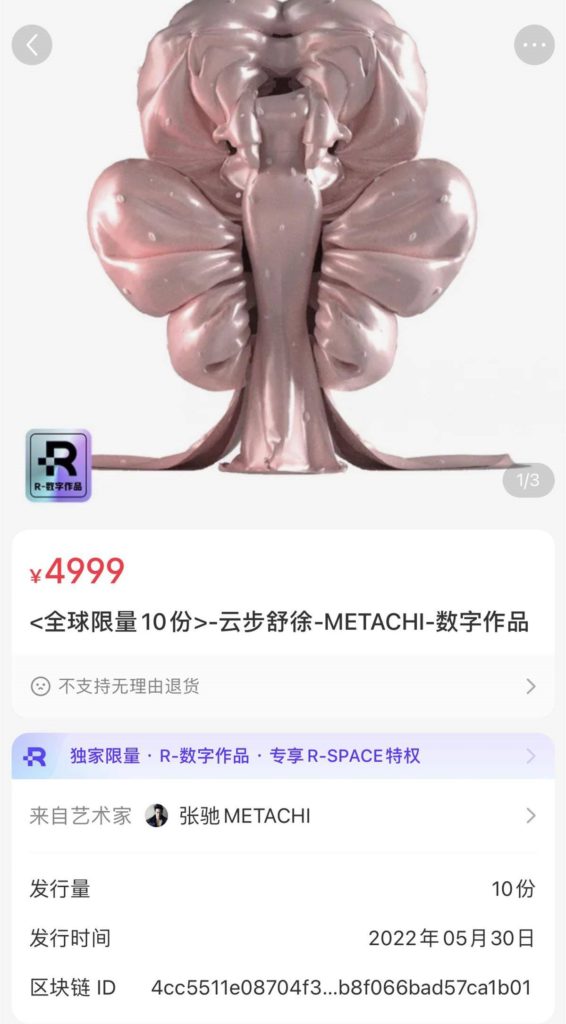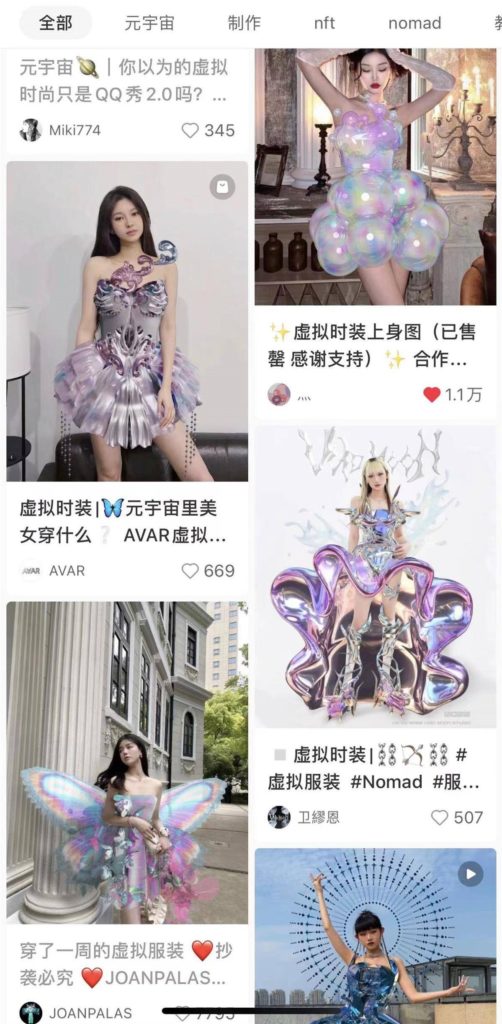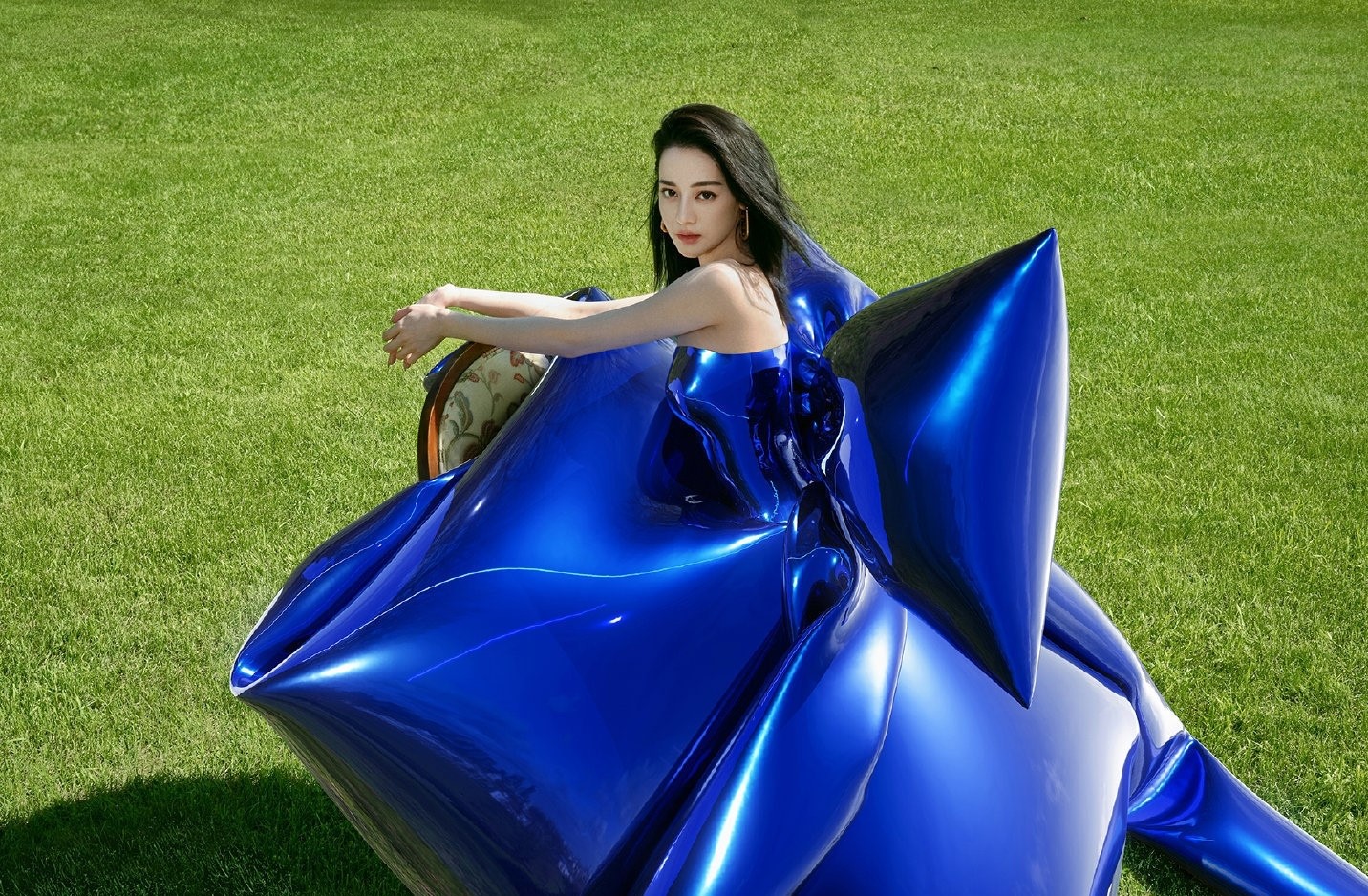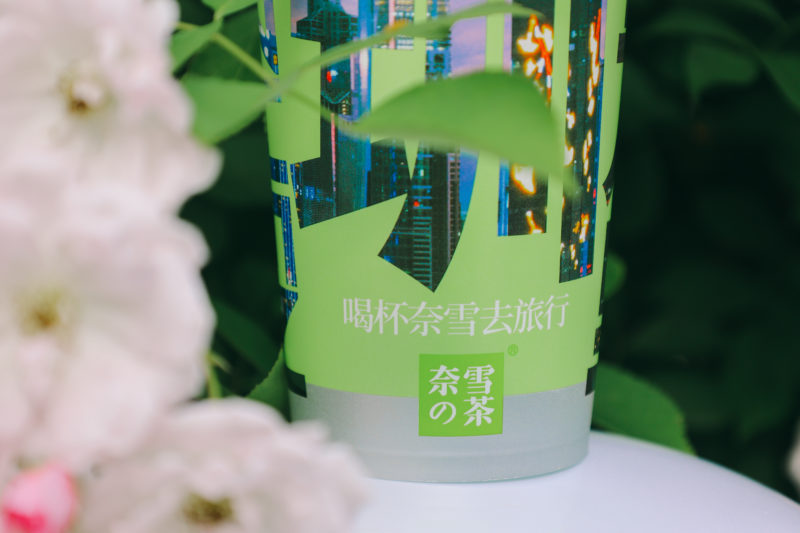Virtual fashion is a growing subculture that is taking Chinese youth – and luxury brands – by storm. From billowing bubble dresses to cyberpunk butterfly wings, this new fashion trend is opening the door for a new wave of self-expression through fashion.
Apart from creativity, this digital trend has gathered momentum for its promising environmental benefits. Since clothes are created digitally, manufacturing and production pollution are completely removed from the process. Some even view the future of virtual fashion as an auspicious sustainable movement that will be pivotal in saving the planet.
Meanwhile, a growing concern for this trend is the fact that while digital fashion may indeed be sustainable, virtual clothes may not be able to serve as total functional substitutes for real, tangible clothes. Though claiming to be an alternative – and even solution – to fast fashion, it is highly unlikely that digital fashion will outpace the physical market anytime soon. It is certainly a step in the right direction, however, it does not guarantee swift recovery from long-standing environmental crises.


Additionally, where current technology falls short is that these virtual costumes are not something you can wear on your avatar to move around freely in the Metaverse. Contrary to what most would expect, virtual clothes can only be “worn” in a photo.
One netizen, upon purchasing a 99 RMB ($15) virtual iridescent bubble dress, was sorely disappointed when she received her digital fashion portrait. “I thought I could wear it in AR, or have my own virtual doppelganger in the future in the meta-universe, and be able to put it on her”. She was equally surprised upon seeing the photoshop done to her features. While she was aware that she needed to send a photo to the editor for reference, she did not realise the photo would be heavily retouched.
This brings up yet another limitation that virtual fashion cannot easily solve. In a world of social media where retouched photos are extremely prevalent (especially among Chinese youth), digital alterations run the risk of becoming a glorified extension of social media filters. Brands should be aware that netizens are turning to this trend to freely express their creativity and uniqueness – not to perpetuate the status quo.
Therefore, as alluring as the creative, technological, and environmental benefits may be, it is equally crucial to recognize and address potential limitations of this trend to truly reap the benefits.









